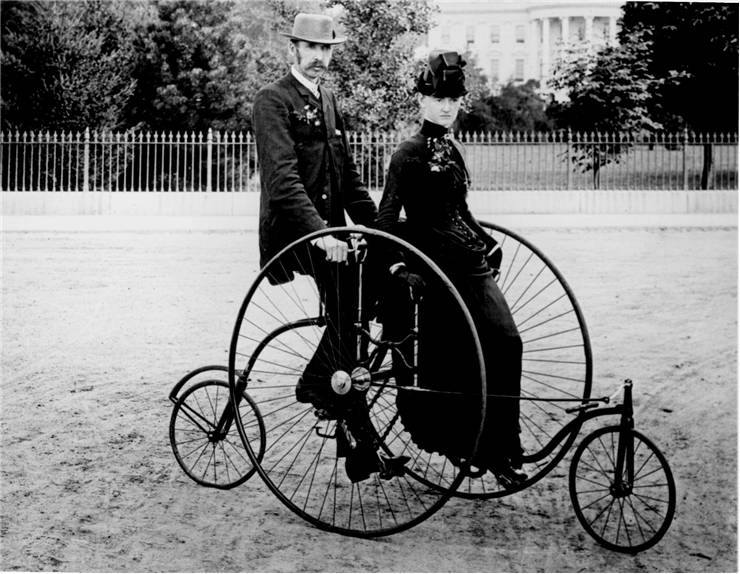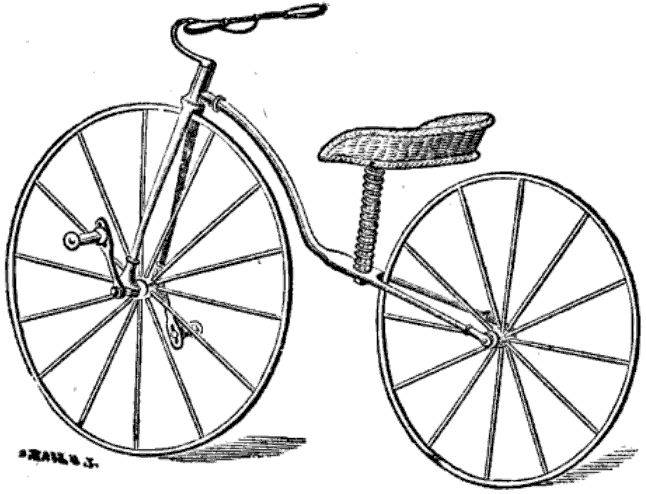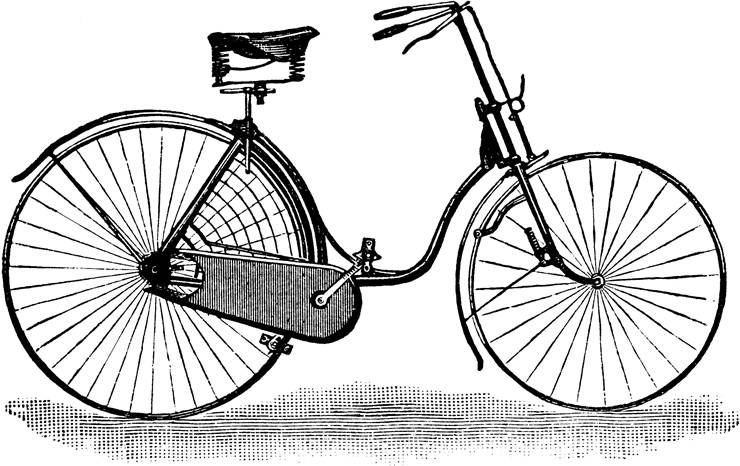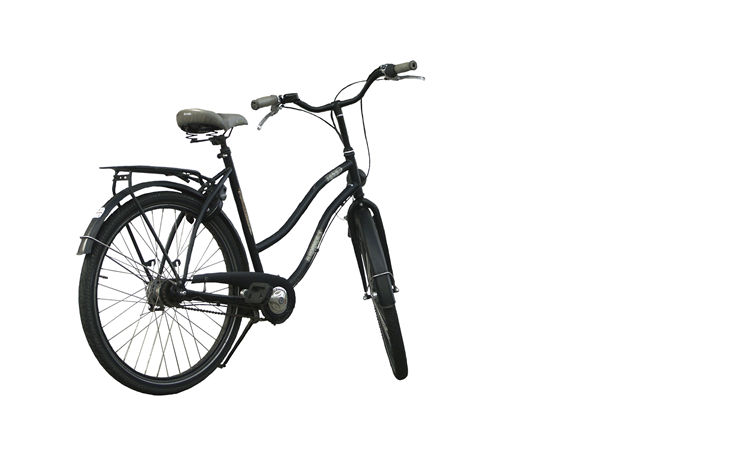History of the Bicycle
Before the creation of the today’s modern bicycle, there were several examples of simpler bicycle transport devices. It all started in 16th century with the discovery of 1493 Leonardo da Vinci’s sketches, which included simple designs for bicycle. Some historians claim that either his student Gian Giacomo Caprotti made this drawing or that is altogether fake. That design was never produced into working model and in following four hundred years horses remained only affordable means of transport on public road.
The German Baron Karl von Drais invented precursor to the modern bicycle during early 19th century. This velocipede named “Laufmaschine” consisted of two wheels that were held together with one central bar. Driver of that vehicle had to walk and run to gather the needed speed and then raise his legs and continue to cruise until his momentum faded. Design of Von Drais was improved in England with the commercially successful “Dandy Horse”.
That design remained in use for almost 40 years until two French carriage makers came to idea that would revolutionize the bicycle world. Pierre Michaux and Pierre Lallemen saw how “Dandy Horse” is used and they devised the plan to attach the pedals to the front wheel, and install the driving seat on the support beam.
In 1864, they made their first model that proved to be very efficient and easy to produce. Four years later, they gathered the funds for mass production and begun improving their initial design in to what will become known as “Boneshaker”. Bicycle frame were made from Iron instead of wood, and soon they started including rubber tires and ball bearings. One of the most popular designs of that time was bicycle model with larger front wheel. Created in 1869 by the Frenchmen Eugene Meyer and mass-produced by Englishman James Starley, high-wheel bicycle improved several aspects of its use (more comfortable than “boneshaker”, higher speeds and lighter frame) but it added few disadvantages (difficult downhill and uphill riding). First high wheel models become available during 1870s in England, where they were received in good light.
After those first few years of high wheel bicycle popularity, in 1885 Englishman John Kemp Starley created his first “safety bicycle”. Today that invention is regarded as one of the most important moments in bicycle history. It had featured chain that connected pedals to the rear wheel and steerable front wheel. This device (called Rover) ignited the era known today as “Golden Age of Bicycles”. Since that time, bicycle design and equipment became standardized across the world and they satisfied all four basic aspects – safety, speed, comfort and steering. They all had the basic diamond shape made from metal, pneumatic rubber tires, roller chain, one gear, coaster brakes and more. Golden Age of Bicycles lasted from 1900s to 1950s in which bicycles became one of the primary means of public road transportation. Early bicycle clubs popularized recreational driving across America and Europe. During the years their manufacturing costs came down significantly, which increased their use all over the world.
Modern age of bicycles started in the 1960s and 70s with the increase of North American consciousness of the benefits of exercise and energy efficient transport. In 1975, over 17 million riders started driving a new sort of much lighter and cheaper bikes. Since then racing bikes, mountain bikes and BMX became the standard for the bicycle drivers all around the world, with recent addition of hybrid commuter bikes (specialized for city use with wide range of equipment taken from mountain and speed bicycles). Standard materials from witch modern bicycle frames are made is aluminum and carbon fiber.
In 2010, worldwide production of bicycles is in the range of 125 to 130 billion.



